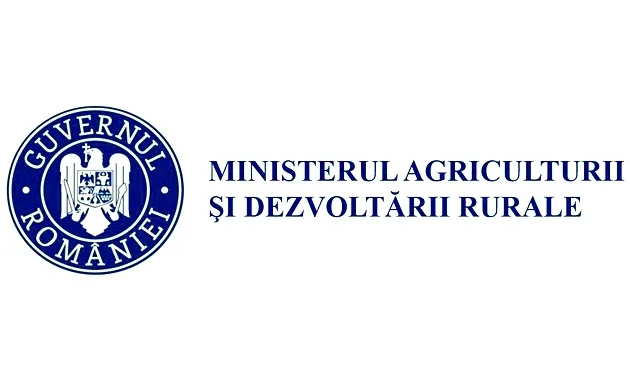
The real GDP growth in Romania is expected to decrease to 2.2% in 2023 due to high inflation constraining real disposable incomes, strict financial conditions, and lower external demand, according to forecasts from the European Commission. Persistent inflation, especially core inflation (IAPC, excluding energy and food), is anticipated to decrease total inflation only in 2024 and 2025. The labor market is expected to remain tight, despite weaker growth, maintaining high wage increases.
The general public deficit is estimated at 6.3% of GDP in 2023, before decreasing to 5.3% in 2024 and 5.1% in 2025, due to fiscal consolidation measures scheduled for implementation in January 2024. The debt-to-GDP ratio is projected to reach 50.5% in 2025.
In 2023, business sentiment, retail sales, and services have lost significant momentum, and industrial production has deteriorated further. After a dynamic real GDP growth of 4.6% in 2022, growth is expected to slow to 2.2% in 2023 due to strict financing conditions, relatively slow disinflation, and low growth among trading partners. Strong wage and pension increases support private consumption, expected to remain positive this year, and government consumption is also expected to slightly accelerate.
Tightening monetary policy and financing conditions have led to a significant slowdown in private credit growth, negatively impacting private investments. However, EU-funded investments in public infrastructure provide a strong stimulus for growth. Gross fixed capital formation is estimated to grow by over 8% in 2023. The negative contribution of net exports to GDP growth is expected to narrow in 2023, and, together with improved terms of trade, is expected to reduce the current account deficit to about 7.3% of GDP from 9.3% in 2022.
Real GDP growth is estimated to accelerate to 3.1% in 2024 and 3.4% in 2025, supported by strong increases in real disposable income, a decreasing impact of previous interest rate hikes, and resilient public consumption and investments. While private consumption is expected to accelerate, investments will remain the main contributor to GDP growth in the forecast horizon. Driven by robust external financial inflows and a large public deficit, the current account deficit is likely to remain above 7% of GDP in 2024 and 2025.
Low unemployment and high wage increases continue
The labor market continues to be tight, mainly reflecting unfavorable demographic trends. The unemployment rate is estimated to marginally decrease to around 5.4% in 2023 and remain low in the next two years, despite weaker growth. Nominal wages in both the public and private sectors are expected to increase strongly, with a double-digit rate in 2023, continuing at a rapid pace in 2024. Therefore, real wage growth is expected to be high this year and next.
Extended disinflation process
Lower energy prices are estimated to lead to a slow decline in total IAPC inflation, from around 12%, on average, in 2022 to just below 10% in 2023, behind increases in food and service prices. Overall, average IAPC inflation is expected to decelerate more rapidly in 2024 and 2025 and eventually re-enter the central bank's inflation target range, but risks lean towards a more gradual reduction.
The public deficit is estimated to decrease only gradually in 2024 and 2025
Romania's general public deficit is projected to reach 6.3% of GDP in 2023, the same level as in 2022. This is a considerable upward revision compared to the projected 4.7% of GDP in the Spring Forecast.
A larger-than-expected deficit this year reflects higher government expenditures than anticipated (especially in personnel and goods and services) and slower revenue growth due to weaker economic activity.
Public investments as a percentage of GDP are expected to increase significantly, reflecting ambitious goals for both nationally funded and EU-funded investment projects. The cost of mitigating the impact of high energy prices is estimated at 0.3% of GDP in 2023.
The deficit is projected to decrease to 5.3% of GDP in 2024, due to the implementation of a fiscal consolidation package of around 1.2% of GDP. Regarding expenditures, the package includes spending cuts generated by public administration efficiency measures and stricter eligibility conditions for public officials to benefit from holiday vouchers and meal allowances.
Low revenues
In terms of revenues, the new measures are expected to generate additional income of 0.9% of GDP. Key measures include a corporate tax increase, a partial elimination of preferential tax regimes for the construction and agriculture sectors, and the removal of reduced VAT rates for selected goods and services.
The deficit reduction effect of the fiscal consolidation package is set to be partially offset by robust growth in personnel expenses. The forecast does not include the potential short-term cost of the ongoing pension reform.
In 2025, the deficit is expected to record another modest decline, reflecting the gradual phasing out of measures to mitigate the impact of high energy prices and the impact of administrative reforms to limit government personnel expenses.




